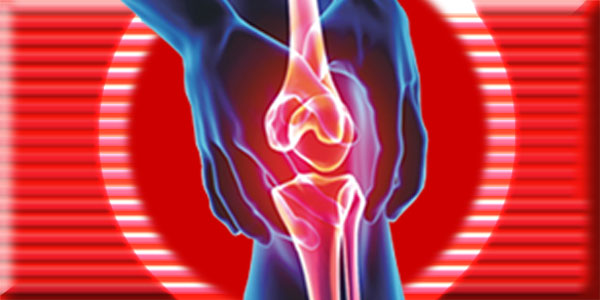Are there any contraindications of Rheumafort, and if so, what are they?
In fact, the only contraindication to the use of Rheumafort is an allergy to any of the ingredients of the preparation.
In the recommended doses, the product is completely safe. There are no studies on the safety of using the preparation in pregnant and/or breastfeeding women. Therefore, it is not recommended to use Rheumafort in these situations without first consulting your doctor.
How long can I take Rheumafort?
In principle, there are no time limits for taking this preparation. Rheumafort can be taken as a supplement to the daily diet by everyone over the age of 12. It is especially recommended for people who want to take care of the health of their joints, especially in situations where their lifestyle, type of work, anatomical conditions may expose them to joint diseases.
What are the stages of osteoarthritis?
Osteoarthritis is the most commonly diagnosed type of arthritic joint disease. It is so common, that doctors now say 1 in 2 people will develop some type of symptomatic OA (osteoarthritis) at some point during their lifetime.
It is a joint related issue, so it can affect the hips, hands, or shoulders, but it is most commonly found in the knees. Fortunately, OA has become increasingly more treatable, especially when diagnosed during the early stages.
Stage 1 – Minor
This is the least severe stage of OA. Patients in stage 1 will develop minor wear-and-tear in their joints, but typically feel little to no pain in the affected area. If you have no history of OA, a doctor will most likely leave your symptoms untreated, but they may advise you take supplements or change up your exercise routine.
Stage 2 – Mild
This is when X-rays will start to show more noticeable bone spur growths (growths that often develop where bones meet each other in the joint). The affected area will start to feel stiff after long, sedentary periods, and will become uncomfortable. Your doctor might suggest a stricter workout routine or a fitted brace to wear.
Stage 3 – Moderate
In stage 3, the cartilage in the affected area starts to erode and narrow the gap between bone and joint. The joint becomes inflamed and starts causing discomfort during normal daily activity. Some treatments include over the counter pain medications, prescription pain relievers, and in severe cases, hyaluronic injections.
Stage 4 – Severe
This is the most severe stage of OA, which means it is also the most painful. At this point, the cartilage is almost completely gone, leading to an inflammatory response from the joint. The bone spurs that developed in the earlier stages have now multiplied, often causing excruciating pain. There are various treatment options that generally include bone realignment surgery and knee/hip replacement.
What are the different types of osteoarthritis?
There are actually two types of osteoarthritis (OA): primary and secondary. These two forms of OA have the same symptoms, but different causes. Both primary and secondary OA involve the breakdown of cartilage in joints, which causes bones to rub together. Sometimes bones grow abnormal spurs in response to cartilage breakdown. This can make joints swollen, painful and stiff.
Primary osteoarthritis: Wear and tear on joints as people age cause primary OA. Therefore it starts showing up in people between the ages of 55 and 60. Theoretically, everyone experiences cartilage breakdown as they get older, but some cases are more severe than others.
Secondary osteoarthritis: Secondary OA involves a specific trigger that exacerbates cartilage breakdown. Here are some of the most common triggers for secondary OA:
- Injury: Bone fractures increase a person’s chance of developing OA and can bring about the disease earlier.
- Obesity: According to the Arthritis Foundation, every pound of extra body weight places three pounds of pressure on the knees and six pounds on the hips. The weight speeds up the wear and tear of joint cartilage.
- Inactivity: Inactivity can cause obesity and weaken the muscles. Weak muscles mean poorly aligned joints and greater risk for OA.
- Genetics: Researchers have noticed that OA runs in families, so certain genes could also put you at risk.
- Inflammation: Diseases that cause inflammation can also affect cartilage. One such disease is rheumatoid arthritis (RA). OA is primarly not associated with inflammation.






